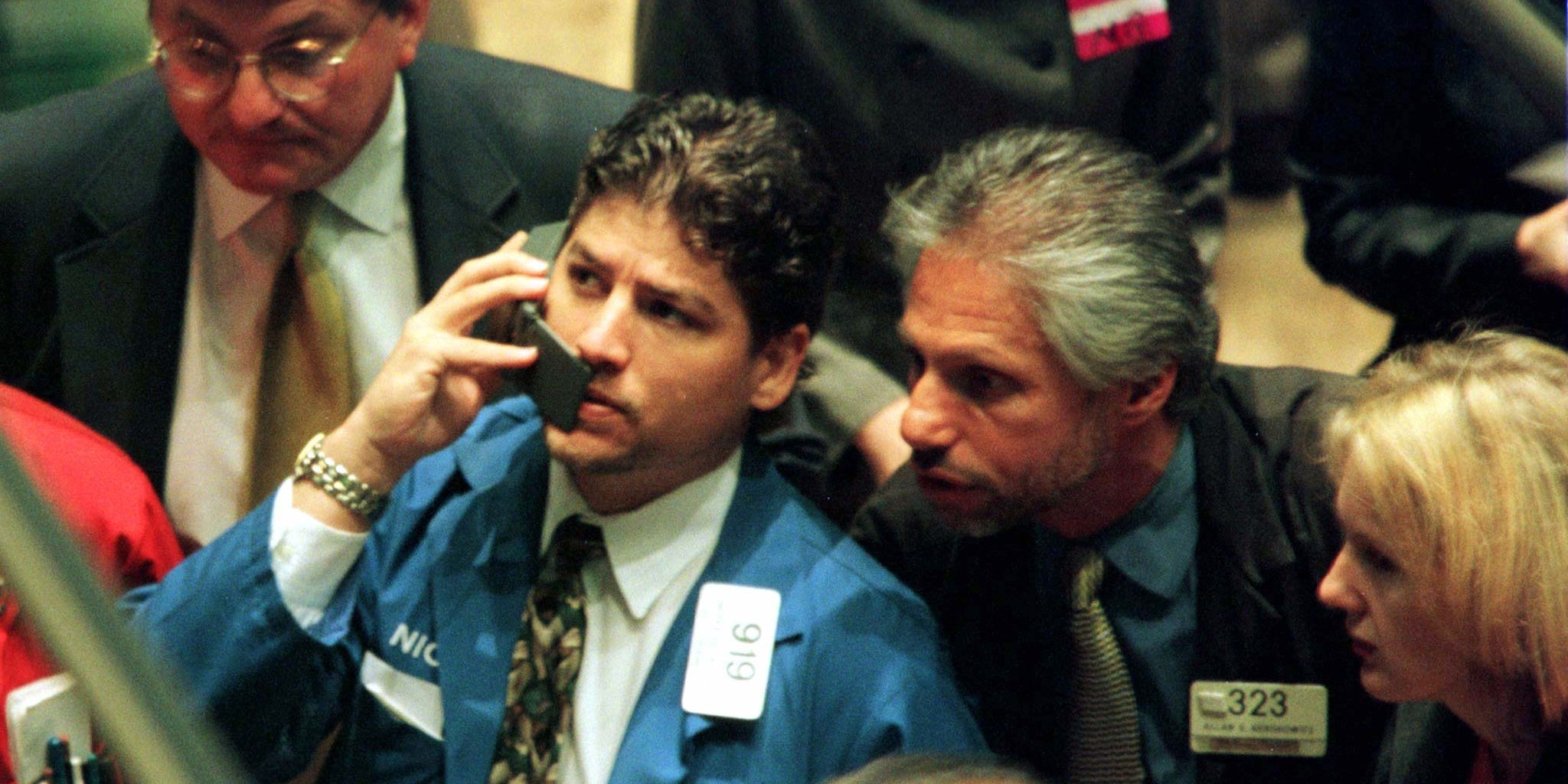The Dow Jones Industrial Average is down more than 400 points Tuesday. It’s on pace to close the trading session slightly in the red for 2023. Bond yields spiked after fresh labor data, which pointed to a still-resilient job market. Loading Something is loading.
Thanks for signing up!
Access your favorite topics in a personalized feed while you’re on the go.
After a strong to the year, the Dow Jones Industrial Average is on pace Tuesday to give up all of its 2023 gains.
Around 1:45 p.m. in New York on Tuesday, the key index had lost over 400 points, or about 1.4%. At the same time, the S&P 500 shed about 1.34% to hit its lowest level since June, and the Nasdaq dropped more than 1.8%.
While the Dow has lagged stronger gains posted by the S&P 500 and the Nasdaq this year, the index was still up about 8% at its 2023 peak in August.
Pressuring stocks has been a surging 10-year Treasury yield, which hit 4.787% on Tuesday, its highest mark since 2007. The Federal Reserve’s signaling for a higher-for-longer interest rates is setting in, and investors have been adjusting course since the rally earlier in the summer.
The good news is bad news narrative was playing out again on Tuesday, helping send stocks lower. Jop openings jumped, according to the latest Job Openings and Labor Turnover Survey, or JOLTS data, flashing continued signs of labor market strength and bolstering the case for the Fed to stay aggressive.
“With a market keenly focused on the path of interest rates, any data release that points to the possibility of a stronger wage environment is cause for concern to a market that is anxiously deciphering when — and hopefully ‘if’ — the Fed is near the end of its intense rate hiking campaign,” said Quincy Krosby, chief global strategist for LPL Financial.
On Friday, new payroll data should provide the Fed and markets an additional data point to clarify how concrete the “higher for longer” narrative is, and what that implies for the broader economy.
The stock market’s losses so far in October extend a brutal two-month stretch for investors, with September posting the worst monthly loss of 2023.
Liz Ann Sonders, Charles Schwab’s chief investment strategist, said some pockets of the economy have already seen hard-landing scenarios unfold, such as in manufacturing, housing, and some consumer goods areas.
“[T]he recent jumps in the “triple threat” of bond yields, oil, and the dollar — along with a still-murky inflation path — act as hurdles in avoiding more hard landings and/or an officially declared recession, not least because the increasing likelihood they dent consumer confidence,” Sonders wrote in a note Tuesday. “Of course, any easing in the triple threat could dial back some pressure, but for now, we remain on watch for that.”
